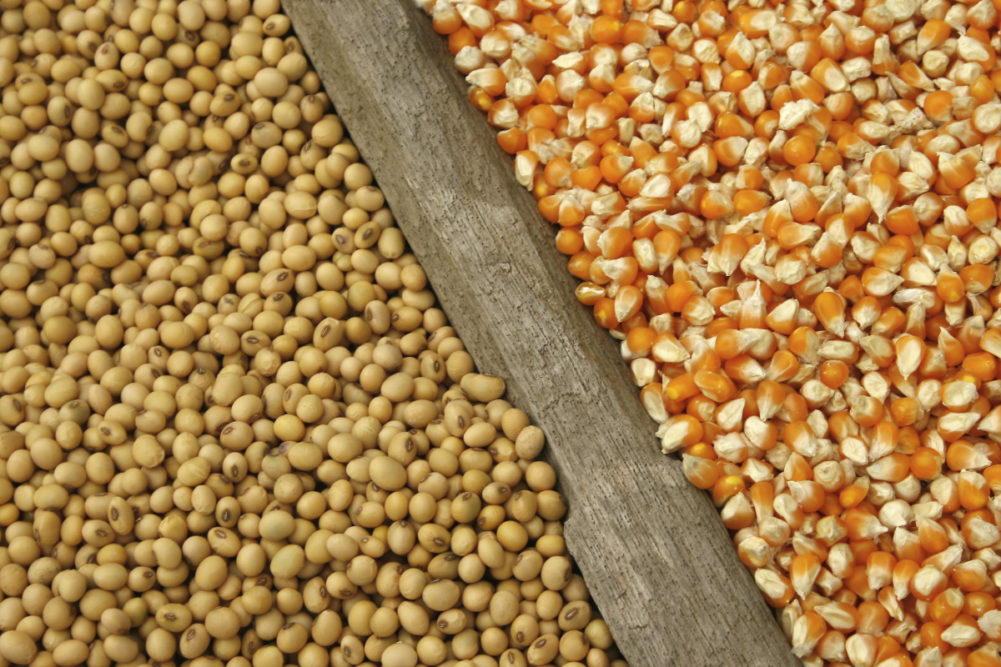BEIJING, CHINA — As part of its effort to reach its grain production goals and ensure food security, China is encouraging “companion planting” of corn and soybeans.
“The companion planting of corn and soybeans will ensure the steady output of corn while increasing soybean yields,” said Yang Wenyu, a soybean expert at Sichuan Agricultural University, adding that currently such planting techniques may be the only effective way to fill the gap.
“The supply and demand of rice and wheat in China is balanced and steady, while the biggest gap — about 130 million tonnes — remains in soybeans and corn,” he said.
Demonstration bases in Sichuan province and Southwest China have shown positive results using such a strategy, and the mechanization of planting and harvesting have further contributed to the country’s total grain output.
The method should be further promoted to solve the problem as many still think it doesn’t work well with agricultural mechanization and refuse to apply it, Yang said.
“Farmers don’t realize that agricultural machinery can operate between rows and worry about the risk of production loss,” he said.
Yang added that China should also enhance scientific research and allocate subsidies for the use of effective machinery and the breeding of high-quality soybean varieties.
China saw its 18th consecutive bumper harvest year in 2021, with grains hitting a record high of 683 tonnes, up 2% year-on-year. The nation’s grain output has exceeded 650 million tonnes for seven consecutive years, said the National Bureau of Statistics.
Last year, China produced 19.6 million tonnes of soybeans while importing 100.3 million tonnes of the commodity, said the General Administration of Customs.
More than 80% of domestic soybean consumption relies on imports.
“With limited arable land, corn and soybeans are competing for planting area, so increasing yields of both crops is important,” Yang said.




